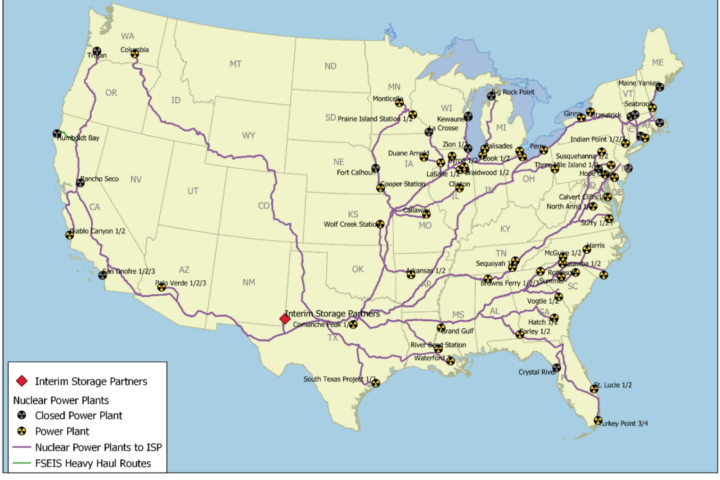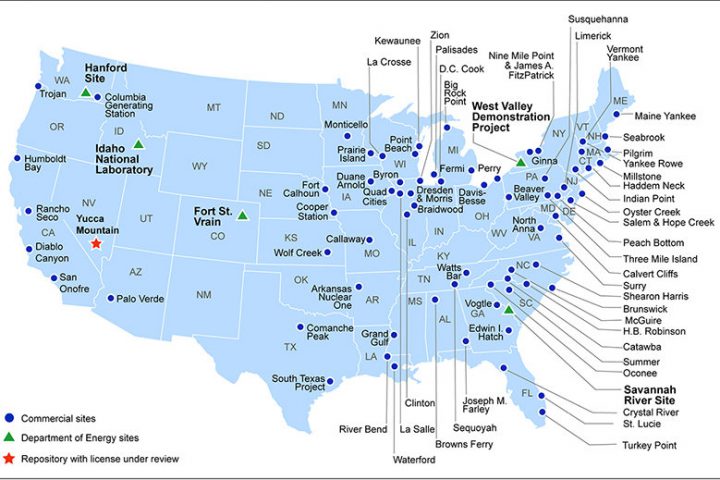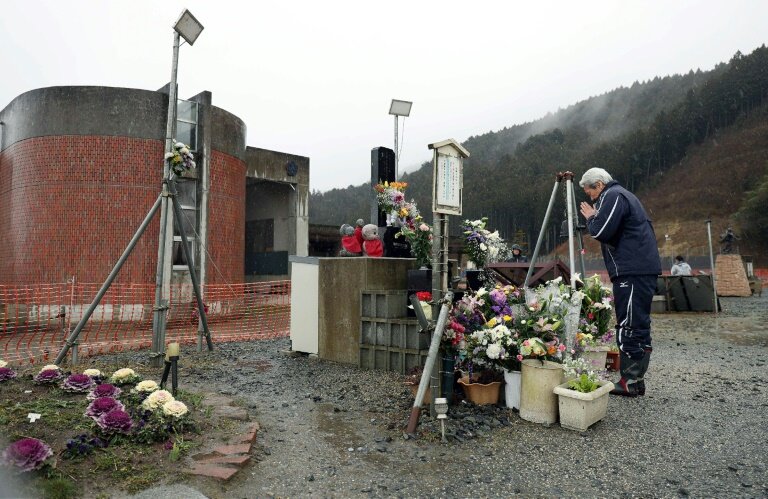Alliance for Nuclear Accountability
A national network of organizations working to address issues of nuclear weapons production and waste cleanup
Nuclear Watch New Mexico
May 14, 2015
WATCHDOG GROUPS HEAD TO D.C. TO URGE CONGRESS, OBAMA ADMIN.
TO CONFRONT “THE GROWING U.S. NUCLEAR THREAT;”
NEW REPORT SEEKS CUTS IN BOMB PLANTS, WARHEAD MODERNIZATION
DIVERTING SAVINGS TO CLEANUP AND WEAPONS DISMANTLEMENT
Dozens of community leaders from around the country will travel to Washington, DC next week to oppose U.S. Department of Energy (DOE) nuclear weapons projects, which they say will waste billions in taxpayer funds, damage the environment and undermine the nation’s non-proliferation goals. The group will meet with leading members of Congress, committee staffers, and top administration officials with responsibility for U. S. nuclear policies to press for new funding priorities.
Activists from nearly a dozen states are participating in the 27th annual Alliance for Nuclear Accountability (ANA) “DC Days.” They will deliver copies of ANA’s just-published report, The Growing U.S. Nuclear Threat (http://bit.ly/growing_nuclear_threat). The new 20-page analysis dissects the Obama Administration’s latest plans to spend hundreds of billions more on nuclear weapons programs without, the authors conclude, enhancing U.S. security.
Joining the Alliance will be four members of Nuclear Watch New Mexico: Dr. James Doyle, a nonproliferation expert fired by the Los Alamos Lab after writing a study arguing for nuclear weapons abolition; Chuck Montano, former LANL auditor and author of his just-released book Los Alamos: A Whistleblower’s Diary (http://losalamosdiary.com/index.html); Jay Coghlan, Executive Director; and Scott Kovac, Operations Director. “We will use this opportunity to represent New Mexicans who oppose the open checkbook policy for nuclear weapons by Congress to the National Labs,” Kovac stated.
Both Doyle and Coghlan have recently returned from the NonProliferation Treaty (NPT) Review Conference at the United Nations in New York City where they witnessed U.S. officials claiming that one trillion dollar plans for nuclear weapons modernization “contribute to and do not detract from progress on our NPT nuclear disarmament obligations.” But as Ralph Hutchison of the Oak Ridge Environmental Peace Alliance, the report’s editor, noted, “Massive spending on nuclear weapons ‘modernization’ increases the nuclear danger for the U.S. Lack of accountability at DOE wastes billions and puts the public at even greater risk. ANA members from across the country will urge policy-makers to cut programs that fund dangerous boondoggles. The money saved should be redirected to cleaning up the legacy of nuclear weapons research, testing and production.” Participants in DC Days include activists from groups that monitor such U.S. nuclear weapons facilities as Hanford, Lawrence Livermore, Rocky Flats, Los Alamos, Kansas City Plant, Pantex, Sandia, Oak Ridge, Savannah River and the Waste Isolation Pilot Plant.
The Alliance for Nuclear Accountability is a network of local, regional and national organizations representing the concerns of communities downwind and downstream from U.S. nuclear weapons production and radioactive waste disposal sites. As part of its DC Days, ANA will sponsor an Awards Reception honoring leaders of the movement for responsible nuclear policies on Monday evening, May 18. Honorees include U.S. Senator Harry Reid, U.S. Representative John Garamendi, Los Alamos whistleblower Dr. James Doyle, former FBI investigator of Rocky Flats Jon Lipsky, and nuclear campaigner Michael Keegan: The event will take place in Room B-340 of the Rayburn House Office Building from 5:30pm to 7:30pm.
After learning of his award, Dr. James Doyle replied, “It is an honor to be recognized by citizen organizations across the country who have been opposing nuclear weapons at the grassroots for decades. The Alliance for Nuclear Accountability is an important part of the fabric of our civil society and helps create an informed citizenry essential to our freedom and security. My case shows that even in America you must be careful when you question nuclear weapons. These groups have been trying to change that since before I knew what nuclear war would mean for humanity. I am proud to be working with them to eliminate nuclear weapons.”
– – 3 0 – –



